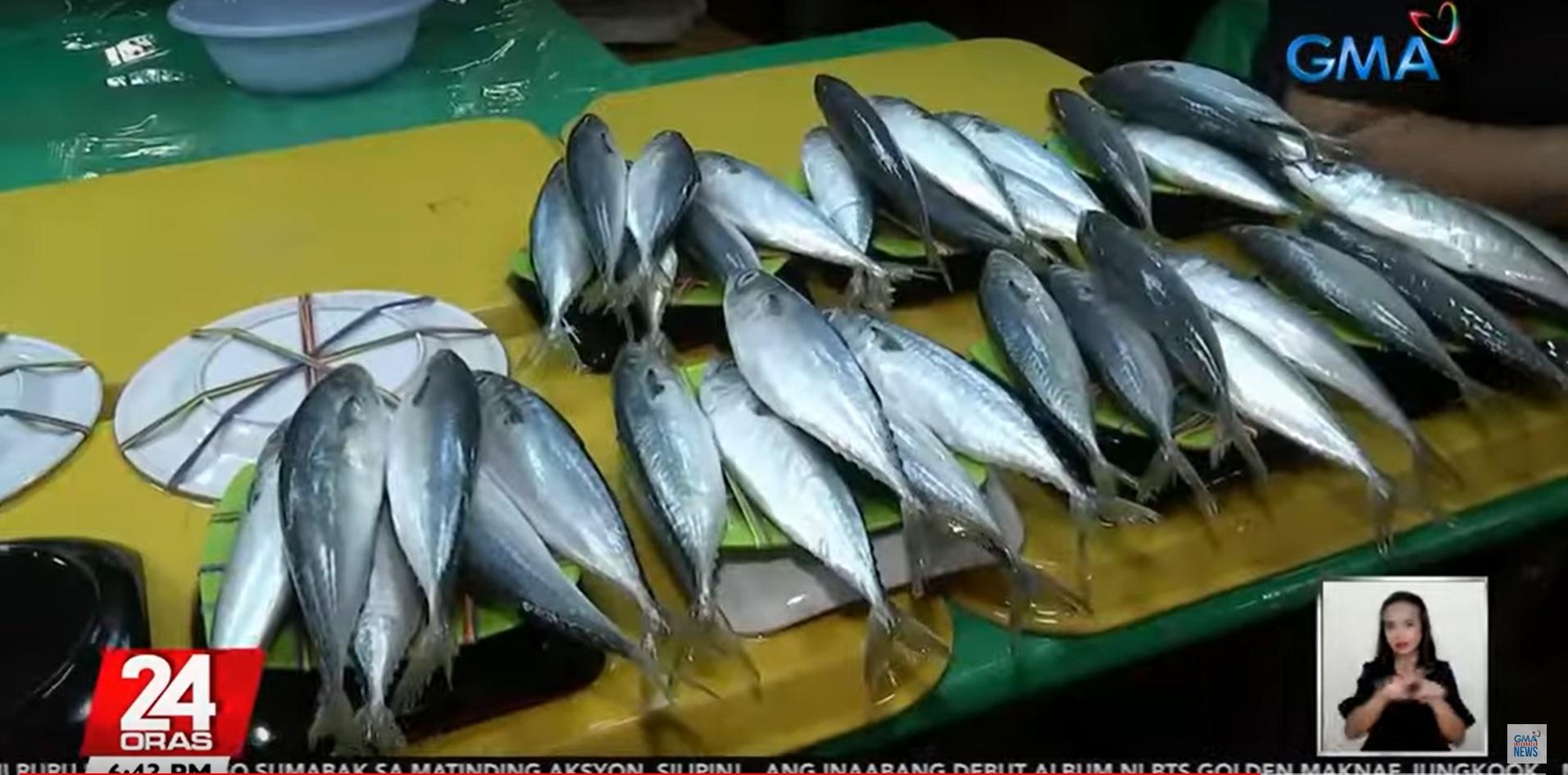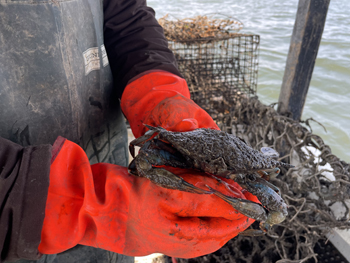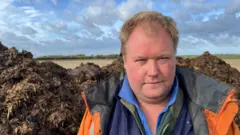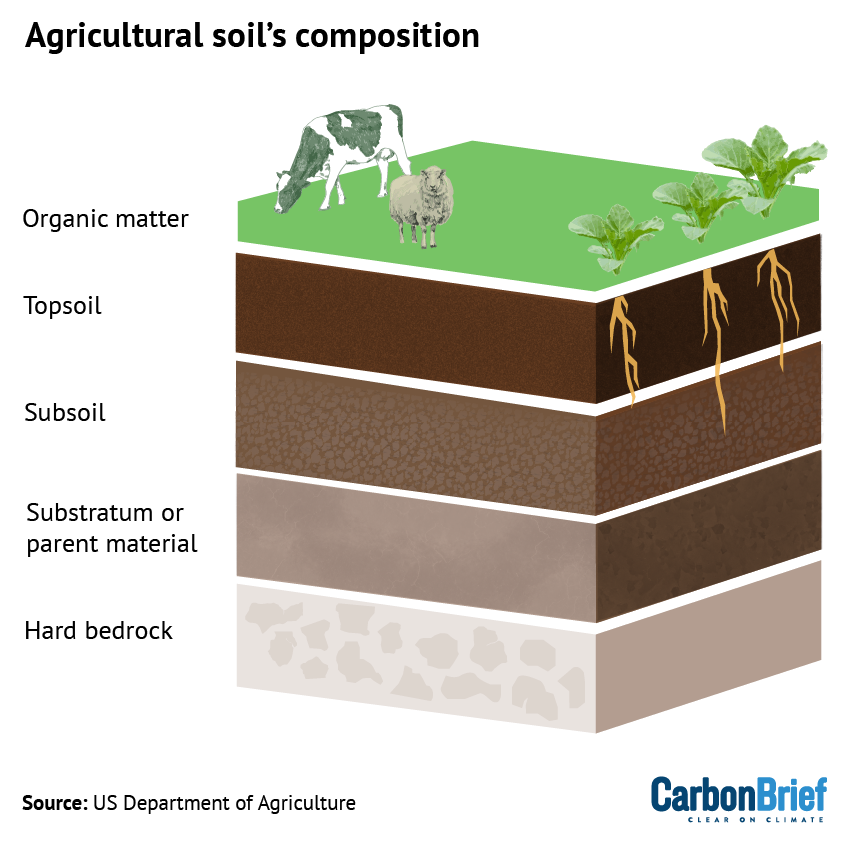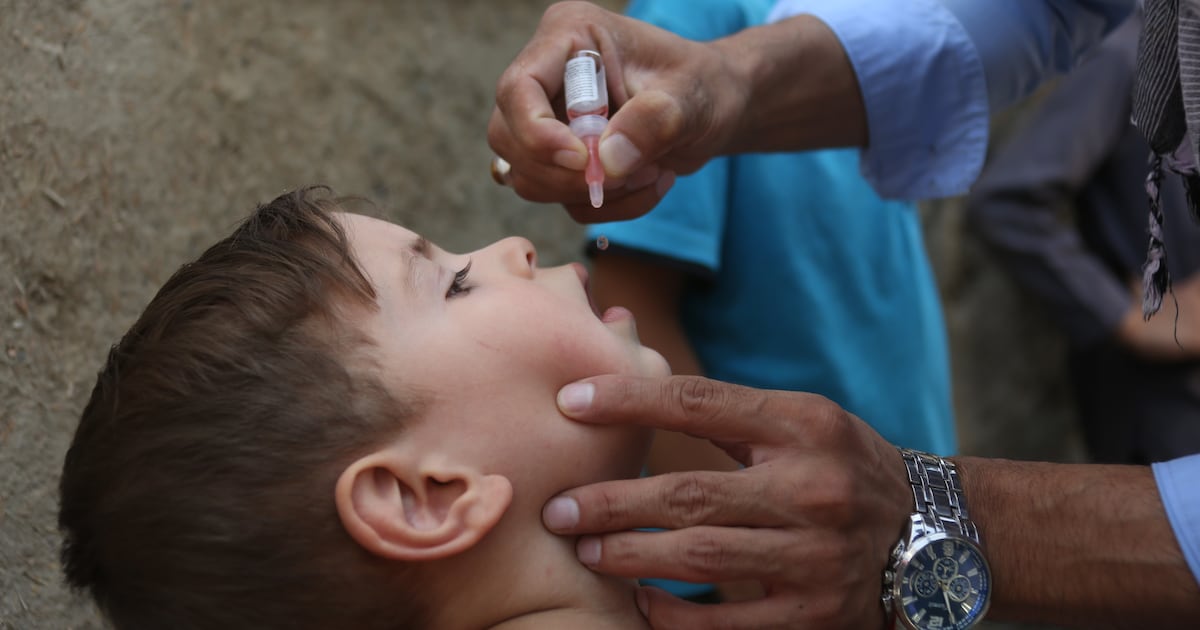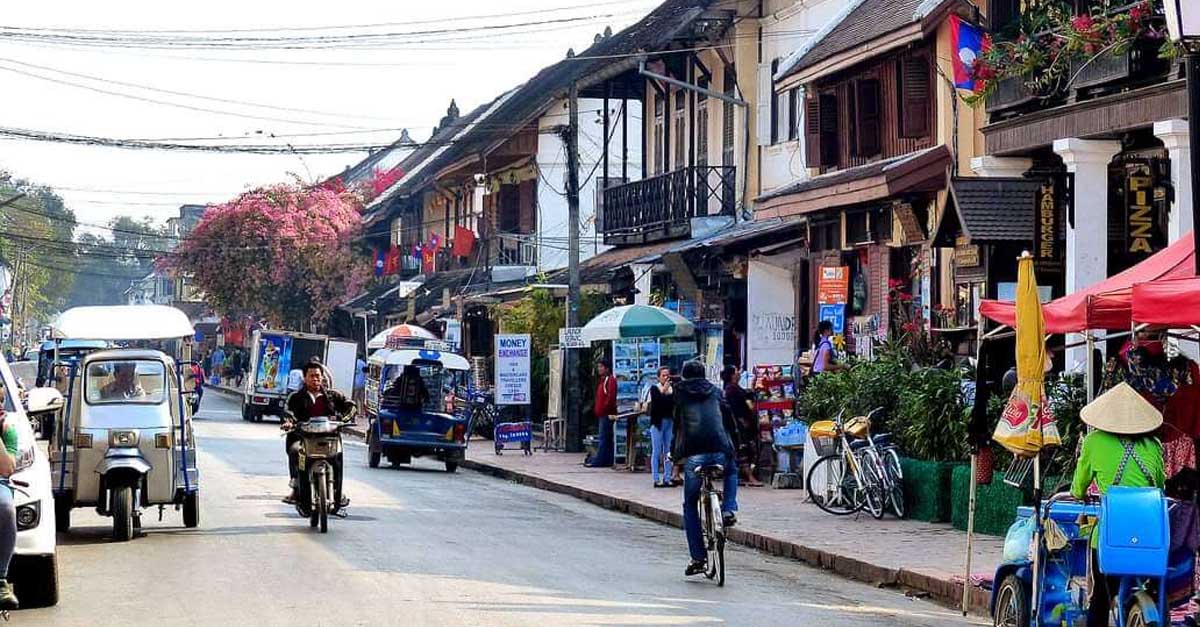Honeybee losses tied to pesticide-resistant mites and mounting environmental stress – ehn.org

Report on U.S. Honeybee Colony Collapse and Implications for Sustainable Development Goals
Executive Summary
A recent report indicates a record-breaking loss of managed honeybee colonies in the United States, presenting a critical challenge to environmental stability, food security, and economic prosperity. The primary driver identified is the parasitic varroa mite’s developed resistance to chemical treatments, exacerbating the impact of wider environmental stressors. This crisis directly threatens the achievement of several key Sustainable Development Goals (SDGs), particularly those concerning hunger, biodiversity, and economic stability.
Analysis of the Crisis and Link to SDGs
The unprecedented decline in honeybee populations serves as a critical indicator of ecosystem health and highlights systemic risks to sustainable development frameworks.
- Economic and Agricultural Impact: Over the past year, U.S. beekeepers experienced a 60% loss of their colonies, with an estimated economic cost of $600 million. This directly impacts livelihoods and the agricultural sector.
- Primary Biological Driver: Researchers from the U.S. Department of Agriculture have confirmed widespread resistance among varroa mites to amitraz, the last widely effective miticide. This resistance facilitates the spread of viruses, leading to colony collapse.
- Broader Environmental Pressures: The vulnerability of honeybee colonies is compounded by habitat loss, pesticide exposure, and climate-related stress, which also affect wild pollinator populations.
Implications for Specific Sustainable Development Goals
SDG 2: Zero Hunger
- Threat to Food Security: Pollinators, including honeybees, are essential for the production of approximately one in every three bites of food consumed globally. The decline in bee populations poses a direct threat to the stability of food production systems and Target 2.4, which aims to ensure sustainable food production.
- Vulnerability in Pollination Services: As noted by Danielle Downey of Project Apis m., “If beekeepers fail, there is no backup plan for the pollination services they provide in US food production.” This underscores a critical vulnerability in achieving food security.
SDG 15: Life on Land
- Biodiversity Loss: The health of managed honeybees is a key indicator of broader ecosystem distress. The same environmental pressures and viruses weakening honeybee colonies can spill over into wild bee populations, accelerating the loss of biodiversity and undermining Target 15.5 (halt biodiversity loss).
- Ecosystem Degradation: The crisis reflects the cumulative impact of habitat degradation and unsustainable land use practices, which are central concerns of SDG 15.
SDG 8: Decent Work and Economic Growth
- Economic Disruption: The significant financial losses incurred by the apiculture industry threaten the economic viability of beekeeping operations and the livelihoods dependent on them. This challenges the principles of sustainable economic growth outlined in SDG 8.
SDG 12: Responsible Consumption and Production
- Unsustainable Practices: The failure of chemical-dependent pest control methods highlights the need for more sustainable production patterns. The situation calls for innovation in environmentally sound management of agricultural inputs, in line with Target 12.4.
1. Which SDGs are addressed or connected to the issues highlighted in the article?
The article highlights issues that are directly connected to two Sustainable Development Goals (SDGs):
-
SDG 2: Zero Hunger
This goal is relevant because the article explicitly links the health of honeybee populations to food production and security. The decline of pollinators directly threatens the agricultural output of numerous crops. The text states, “Pollinators like honeybees make possible one in every three bites of food we eat, from almonds to apples,” and warns that “If beekeepers fail, there is no backup plan for the pollination services they provide in US food production.” This establishes a clear connection between bee health and the goal of achieving food security and promoting sustainable agriculture.
-
SDG 15: Life on Land
This goal is addressed through the article’s focus on the decline of a key species (honeybees) and the broader implications for biodiversity. The article notes that “honeybee health reflects broader environmental pressures, such as habitat loss, pesticide use, and climate stress, that also threaten wild pollinators critical to biodiversity.” The die-off is presented as a “warning sign of ecological trouble,” and the potential for viruses to “spill over into wild bees” magnifies the threat to terrestrial ecosystems and biodiversity, which is the core focus of SDG 15.
2. What specific targets under those SDGs can be identified based on the article’s content?
Based on the article’s content, the following specific targets can be identified:
-
Target 2.4 (under SDG 2)
By 2030, ensure sustainable food production systems and implement resilient agricultural practices that increase productivity and production, that help maintain ecosystems, that strengthen capacity for adaptation to climate change, extreme weather, drought, flooding and other disasters and that progressively improve land and soil quality.
The article connects to this target by highlighting a critical failure in maintaining a resilient agricultural practice: pollination. The “record-breaking die-off” of honeybee colonies due to pesticide-resistant mites and other stressors like “habitat loss, pesticide use, and climate stress” demonstrates a significant vulnerability in the U.S. food production system, directly opposing the goal of ensuring sustainable and resilient agriculture.
-
Target 15.5 (under SDG 15)
Take urgent and significant action to reduce the degradation of natural habitats, halt the loss of biodiversity and, by 2020, protect and prevent the extinction of threatened species.
This target is directly relevant as the article details the “worst decline ever recorded” for U.S. honeybee colonies. While managed honeybees are not wild, the article explicitly states that the pressures affecting them “also threaten wild pollinators critical to biodiversity” and that viruses can “spill over into wild bees, magnifying losses across pollinator species.” This points to a significant threat to biodiversity and the urgent need to protect these species.
3. Are there any indicators mentioned or implied in the article that can be used to measure progress towards the identified targets?
Yes, the article provides several specific data points and qualitative descriptions that can serve as indicators to measure the status and progress (or lack thereof) towards the identified targets.
-
Indicators for Target 2.4 (Resilient Agriculture)
- Percentage of honeybee colony loss: The article states that “U.S. beekeepers lost 60% of their honeybee colonies over the past year.” This percentage is a direct measure of the vulnerability of the pollination services essential for resilient agriculture.
- Economic loss from colony decline: The article mentions the loss is “costing an estimated $600 million.” This financial figure serves as an indicator of the economic impact of failing to maintain resilient agricultural systems.
-
Indicators for Target 15.5 (Protecting Species)
- Rate of species decline: The “record-breaking die-off” and “worst decline ever recorded” are qualitative but powerful indicators of an accelerating loss of a key pollinator population, which is a direct measure related to halting biodiversity loss.
- Pesticide/Miticide Resistance: The article points to “widespread resistance among varroa mites to amitraz, the last effective miticide.” The prevalence of such resistance is an indicator of the chemical pressures on ecosystems and the failure of current protection strategies.
- Spillover effect on wild species: The mention that “viruses can spill over into wild bees” implies that the health and population trends of wild pollinator species can be used as an indicator to measure the broader impact on biodiversity.
4. Table of SDGs, Targets, and Indicators
| SDGs | Targets | Indicators |
|---|---|---|
| SDG 2: Zero Hunger | Target 2.4: Ensure sustainable food production systems and implement resilient agricultural practices. |
|
| SDG 15: Life on Land | Target 15.5: Take urgent action to halt the loss of biodiversity and protect threatened species. |
|
Source: ehn.org

What is Your Reaction?
 Like
0
Like
0
 Dislike
0
Dislike
0
 Love
0
Love
0
 Funny
0
Funny
0
 Angry
0
Angry
0
 Sad
0
Sad
0
 Wow
0
Wow
0






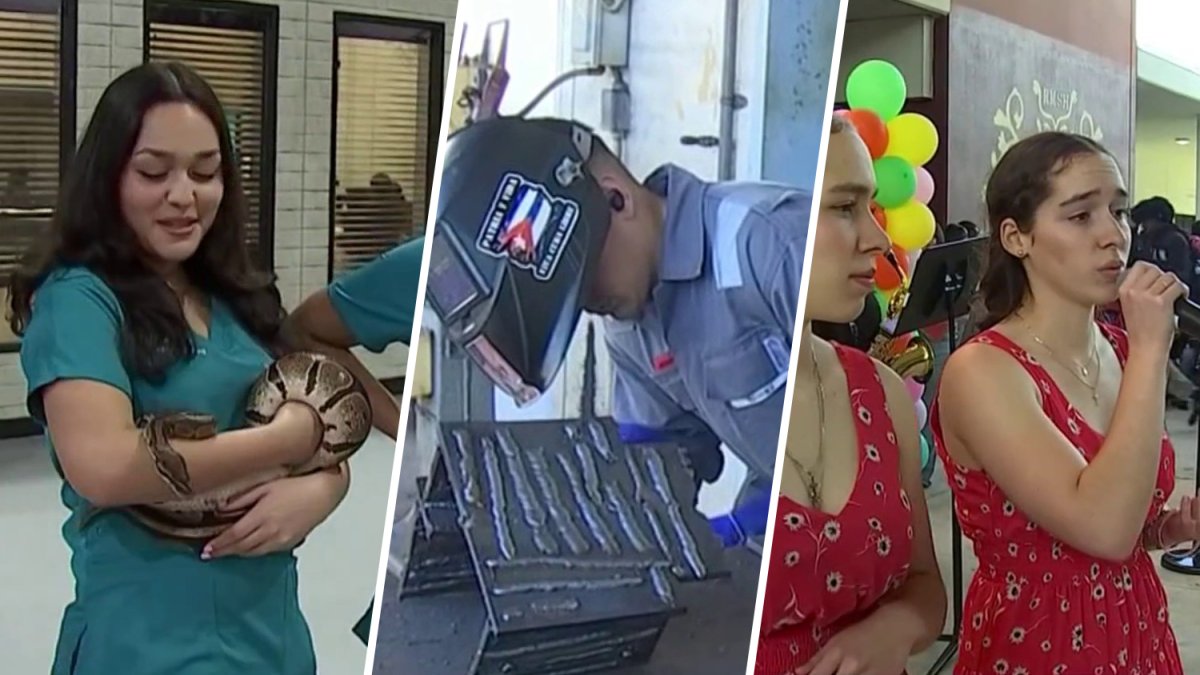
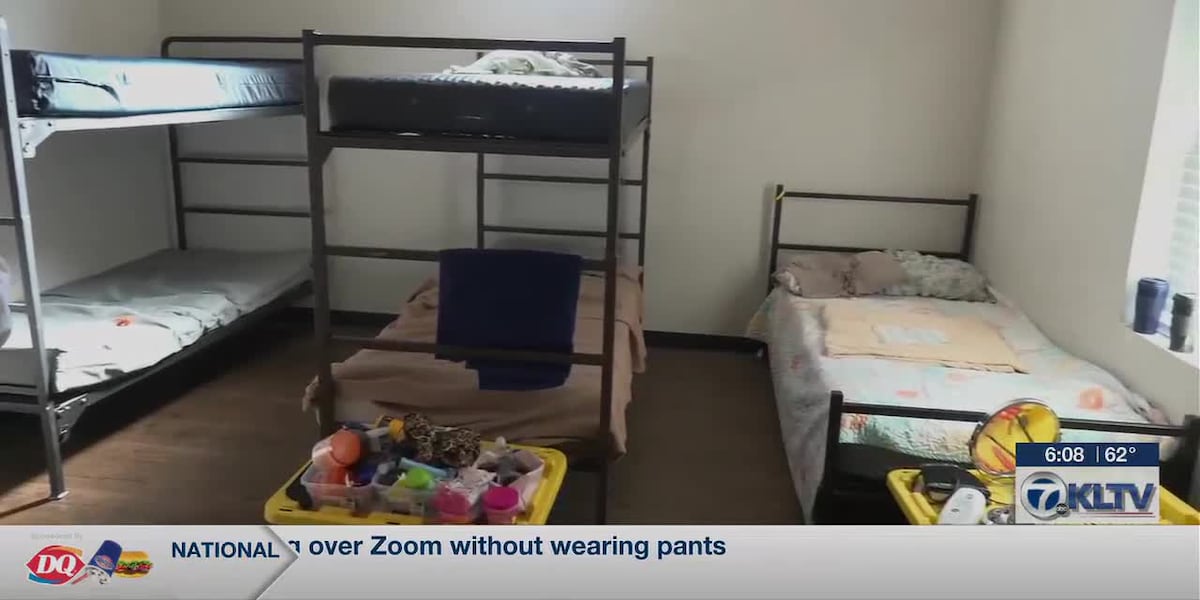



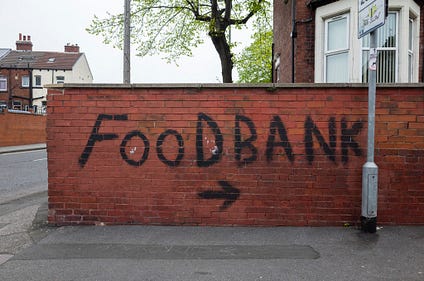

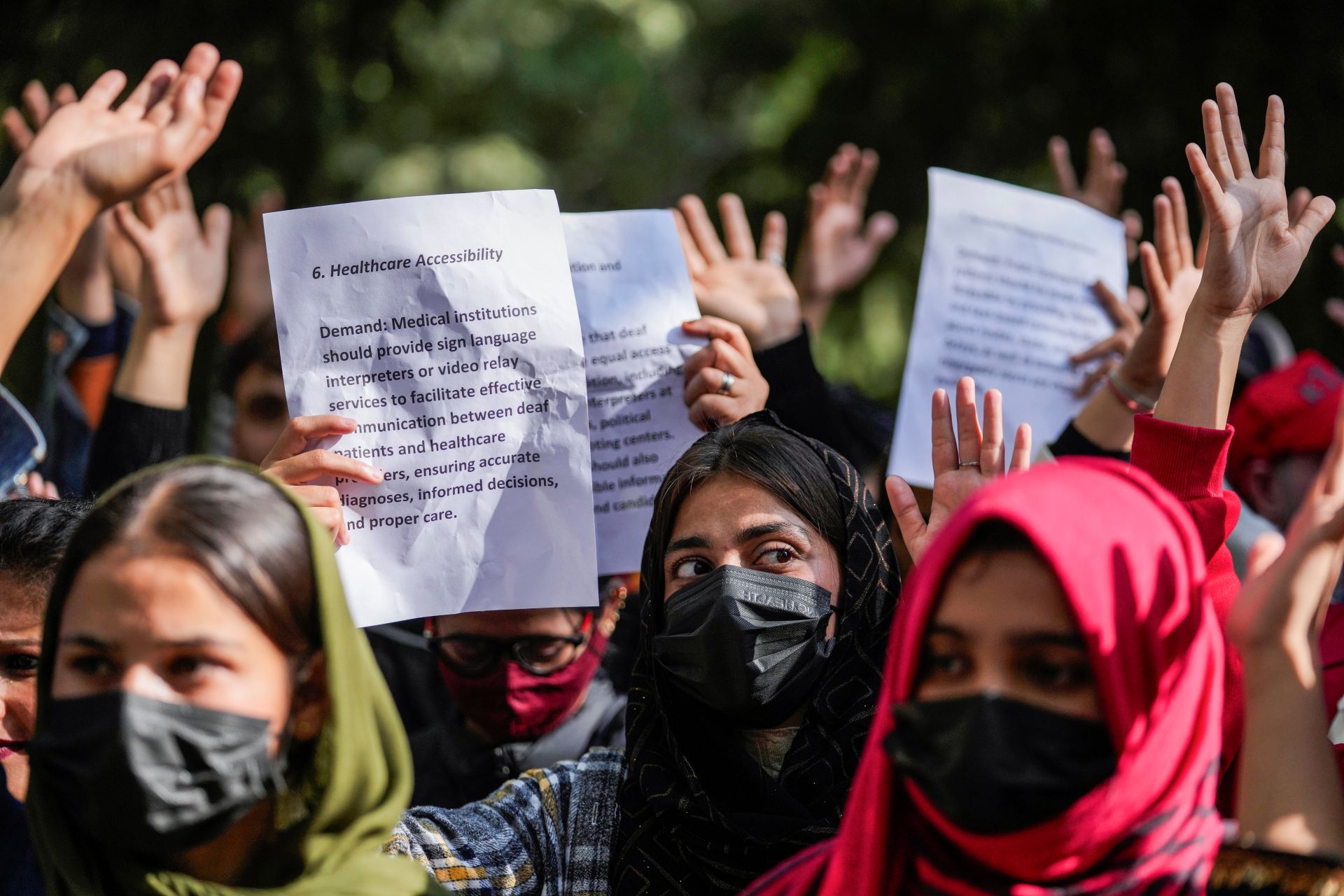













;Resize=805#)







